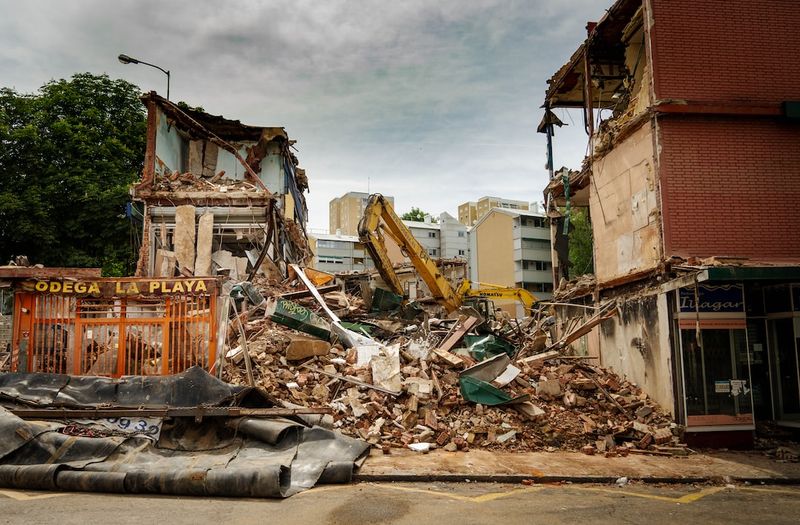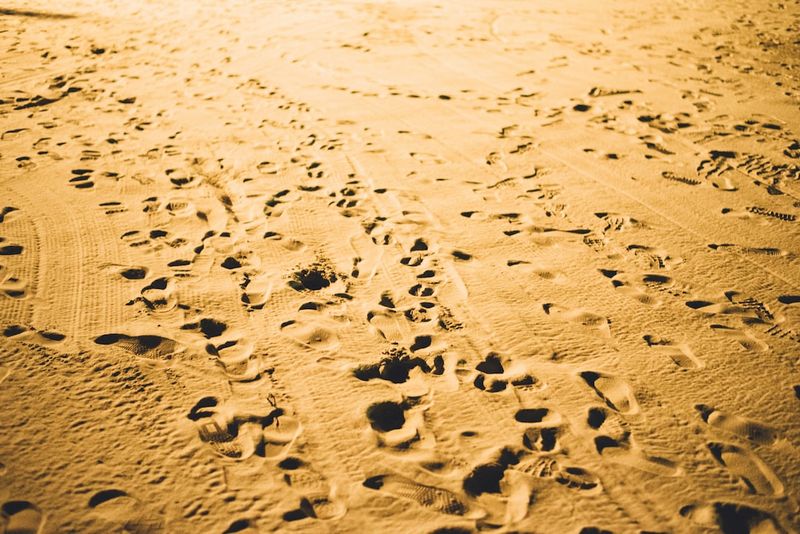Earthquake rocks Bali Sea region, causing panic but no major damage
No immediate reports of major damage or casualties
An earthquake measuring 7.0 magnitude struck the Bali Sea region early on Tuesday morning, causing panic among holiday-makers and locals. The quake, which had its epicentre 203km north of the city of Mataram, Indonesia, was felt over a radius of 300km. Fortunately, there have been no immediate reports of major damage or casualties.
Tremors felt and videos shared on social media
Many people took to social media platforms such as X (formerly known as Twitter) to share their experiences and videos of tremors being felt. Posts described buildings shaking and people rushing out in fear. An overwhelming sense of uncertainty and anxiety was evident in the wake of the earthquake.
No tsunami warnings issued
The US Tsunami Warning System confirmed that there were no threats of a tsunami resulting from the earthquake. This will come as a relief to those in the affected region, as the devastation caused by earthquakes and subsequent tsunamis can be catastrophic.
The aftermath and response
Earthquake‘s impact on Bali‘s tourism industry
Bali, known for its pristine beaches and vibrant nightlife, is a popular tourist destination. Naturally, the earthquake has raised concerns about the impact on the tourism industry. The images and videos posted on social media showing the shaking buildings might deter some potential visitors. However, it is important to note that Bali and its surrounding regions have experienced earthquakes before, and the local government and tourism authorities have become adept at managing the aftermath and ensuring the safety of tourists.
The resilience and solidarity shown by the people of Bali in the face of natural disasters cannot be understated. It is this spirit of recovery and determination that has allowed the island to bounce back from previous seismic events and continue thriving as a tourist hotspot.
Disaster preparedness and response
Earthquakes are an unpredictable force of nature, and even regions that are not traditionally associated with seismic activity can be affected. It is crucial for governments and communities to prioritize disaster preparedness and response plans. This includes investing in early warning systems, public education campaigns, and ensuring that buildings and infrastructure are constructed to withstand strong earthquakes.
Indonesia is located in the Pacific Ring of Fire, an area known for its tectonic activity. As such, the country has had to develop robust disaster management strategies. Sharing this knowledge and expertise with other countries in the region can help minimize the impact of earthquakes and improve overall resilience.
Advice to travelers
Stay informed and follow official updates
For those planning to visit Bali or other regions prone to earthquakes, it is important to stay informed about the current situation and any official updates. Follow local news outlets, check with your accommodation provider or travel agent, and make use of government websites or apps that provide real-time information on seismic activity and potential risks.
Take necessary precautions
While it is impossible to predict when an earthquake will occur, there are steps you can take to ensure your safety. Familiarize yourself with emergency procedures and evacuation routes at your accommodation, and keep a small emergency kit with essentials such as water, non-perishable food, a flashlight, and a first aid kit.
During an earthquake, remember to “Drop, Cover, and Hold On.” Drop to the ground, take cover under a sturdy piece of furniture, and hold on until the shaking stops. Avoid standing near windows, glass, or other objects that may shatter and cause injury.
Support local communities
After a natural disaster, local communities often face significant challenges in recovering and rebuilding. Consider supporting local businesses and initiatives that aim to aid in the recovery process. By doing so, you can contribute to the resilience and long-term sustainability of the affected region.
In conclusion, the earthquake in the Bali Sea region serves as a reminder of the power of nature and the importance of preparedness. While it has caused panic and disrupted daily life, the absence of major damage or casualties is a testament to the resilience and preparedness of the local community. By staying informed, taking necessary precautions, and supporting local communities, travelers can continue to enjoy the beauty and culture that Bali has to offer while also contributing to its recovery and growth.

<< photo by Jose Antonio Gallego Vázquez >>
The image is for illustrative purposes only and does not depict the actual situation.
You might want to read !
- Blood in the Water: Brave Aussie Surfer Battles for Survival in Terrifying Shark Encounter
- Battling the Beast: Surfer’s Fight for Survival Amid Australian Shark Attack
- “Dissecting the Dramatic Collapse of the World No.1: Rory’s Bizarre Injury and Record Round Shakeup”
- Lamine Yamal’s National Team Selection: Picking Between Spain and Morocco
- “Iggy Azalea Opens Up About the Saudi Arabian Shutdown: Unveiling the Clash of Cultures”
- Edward Felsenthal: “Gabri Veiga’s Controversial Move: Breaking Down His Decision to Reject Napoli and Join the Saudi Pro League”
- Torrential Downpour Hits Northwest Montana: Concerns Mount as Heavy Rainfall Sweeps Across the Region
- California’s Double Trouble: Tropical Storm Hilary Unleashes Devastating Floods Amidst Earthquake Chaos
- California Braces Itself as Storm Hilary Pummels Aftermath of Mexico Lashing
- Rattling the Land Down Under: Exploring the Impacts of the Magnitude-5 Earthquake near Gnowangerup
- When the Ground Shakes: Exploring the Impact of the Magnitude-5 Earthquake near Gnowangerup
- “The Earth Rumbles: Gnowangerup Shaken by a 5.6 Magnitude Earthquake”
- “Game of Love: Olympic Champion’s Controversial Kiss Revelation Sparks World Cup Debate”
- “Renegade Gina Chick of Alone Australia shuns storybook conclusions”
- “The Battle Down Under: Usyk vs. Dubois Results and Spectacular Undercard Highlights”
- “Assessing SARD Türkiye’s Swift and Effective Response to the Earthquake: Flash Report 12 – June 16”




